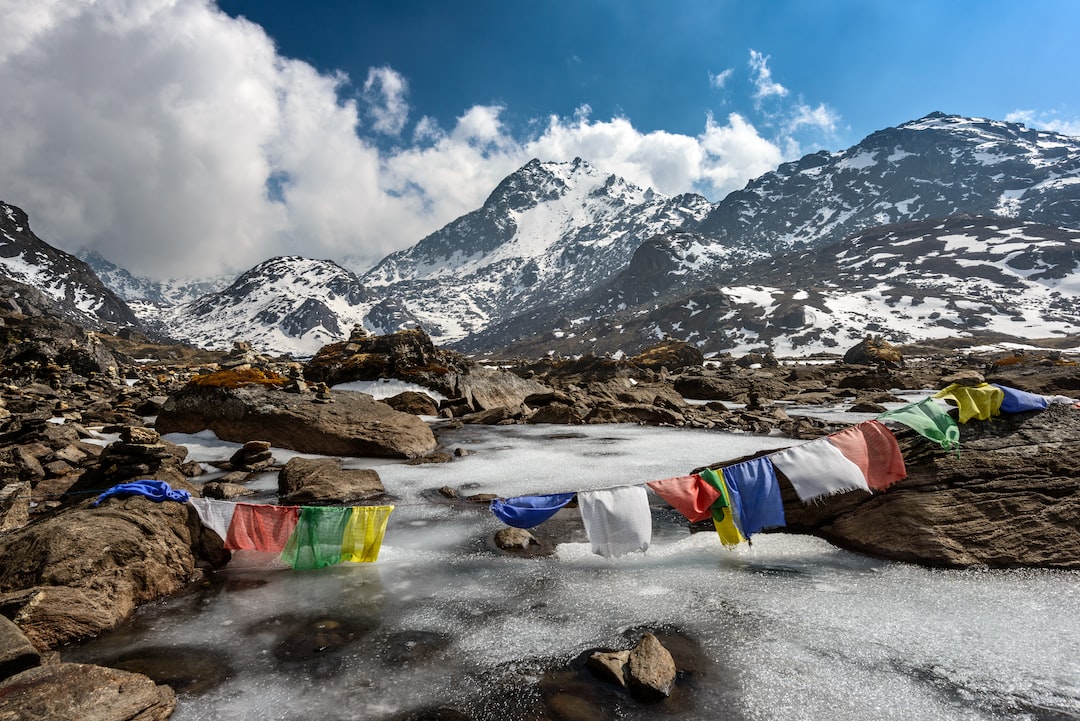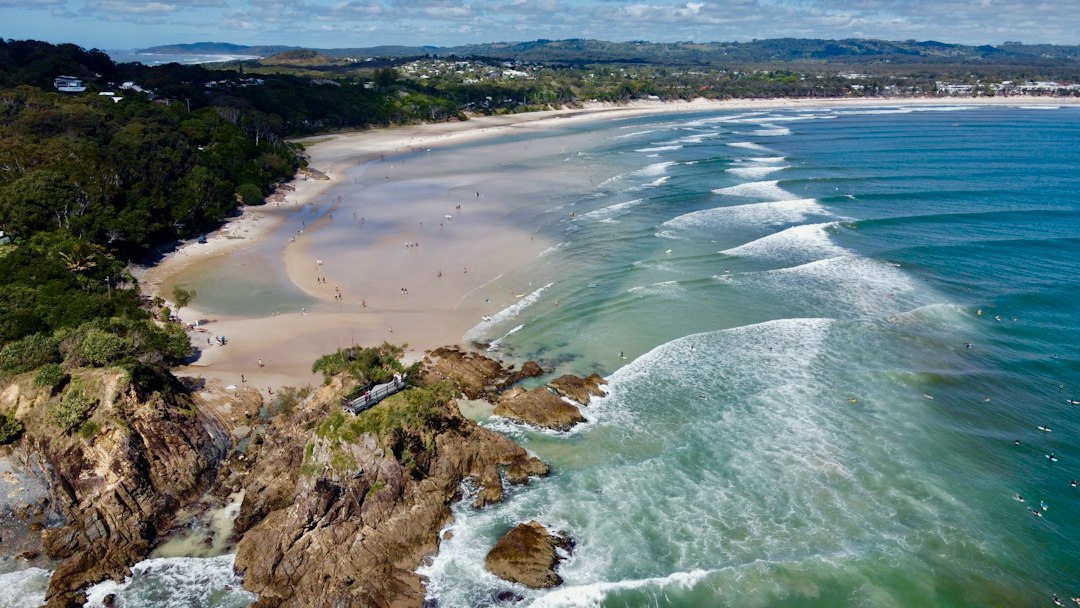The 1996 Everest Disaster is one of the most tragic and well-known mountaineering accidents in history. It occurred on May 10, 1996, when a sudden storm hit Mount Everest, resulting in the deaths of eight climbers. The disaster was the subject of Jon Krakauer’s bestselling book “Into Thin Air” and was later adapted into a film. The events of that fateful day continue to captivate and haunt the mountaineering community, serving as a reminder of the dangers and unpredictability of climbing the world’s highest peak.
Key Takeaways
- The 1996 Everest Disaster was a tragic event that claimed the lives of eight climbers.
- Climbing Mount Everest is a challenging and dangerous feat, with unpredictable weather and treacherous terrain.
- The climbers in the expedition were a diverse group, united by their goal to reach the summit.
- The decision to continue or turn back in the face of a storm is a difficult one, with potentially life-altering consequences.
- The aftermath of the disaster was devastating, but there were also acts of bravery and heroism that emerged from the tragedy.
The Background: Nepal’s Most Challenging Mountain
Mount Everest, located in the Himalayas on the border between Nepal and Tibet, is the highest mountain in the world, standing at a staggering height of 29,029 feet (8,848 meters). It has long been a symbol of human achievement and exploration. The mountain was first successfully summited by Sir Edmund Hillary and Tenzing Norgay in 1953, marking a historic moment in mountaineering history.
Climbing Mount Everest is an incredibly challenging and dangerous endeavor. The extreme altitude, harsh weather conditions, and treacherous terrain make it a formidable task even for experienced climbers. The death zone, which begins at around 26,000 feet (8,000 meters), is particularly hazardous due to the lack of oxygen and increased risk of altitude sickness. Despite these risks, thousands of climbers attempt to summit Everest each year, drawn by the allure of conquering the world’s highest peak.
The Climbers: A Diverse Group with a Common Goal
The climbers involved in the 1996 Everest Disaster were part of two separate expeditions led by Adventure Consultants and Mountain Madness. They came from different backgrounds and had varying levels of climbing experience, but they all shared a common goal: to reach the summit of Mount Everest.
Among the climbers were Rob Hall, the head guide of Adventure Consultants, and Scott Fischer, the head guide of Mountain Madness. Both were experienced mountaineers who had summited Everest before. Other climbers included Doug Hansen, a client of Adventure Consultants who had previously attempted to summit Everest but had to turn back due to bad weather, and Yasuko Namba, a Japanese climber who was attempting to become the oldest woman to reach the summit.
The Expedition: The Journey to Everest’s Summit
| Expedition Members | Days on the Mountain | Summit Success Rate | Altitude Sickness Cases |
|---|---|---|---|
| 10 | 60 | 70% | 3 |
The climbers began their journey in March 1996, arriving in Nepal and making their way to Everest Base Camp, located at an altitude of 17,600 feet (5,364 meters). From there, they would spend several weeks acclimatizing and preparing for their summit push.
The climbers followed the South Col route, which is the most popular and commonly used route to the summit. They made several rotations between Base Camp and Camps 1, 2, and 3 to acclimatize their bodies to the high altitude. This process involved climbing higher and then descending back to lower altitudes to allow their bodies to adjust.
The Storm: An Unpredictable Force of Nature
On May 10, 1996, a sudden storm hit Mount Everest, catching the climbers off guard. The storm brought high winds and heavy snowfall, severely limiting visibility and making it nearly impossible to continue climbing. The climbers found themselves trapped in the death zone, unable to descend to safety.
The storm was particularly devastating because it struck during a critical part of the climb. Many of the climbers were nearing the summit or had already reached it when the storm hit. They were exhausted and running low on oxygen, making it even more difficult for them to navigate through the treacherous conditions.
The Decision: The Choice to Continue or Turn Back

In the face of the storm, the climbers were faced with a difficult decision: to continue their ascent or to turn back and descend to safety. Some climbers, such as Rob Hall and Scott Fischer, made the decision to push on in the hopes of reaching the summit and then descending quickly. Others, like Doug Hansen and Yasuko Namba, were determined to reach the summit despite the deteriorating conditions.
The decision-making process was influenced by a variety of factors, including the climbers’ physical and mental states, their level of experience, and their determination to achieve their goal. Ultimately, the storm proved to be too powerful, and many of the climbers paid a heavy price for their decision to continue.
The Aftermath: The Devastating Consequences of the Disaster
The 1996 Everest Disaster had devastating consequences, resulting in the deaths of eight climbers. Rob Hall, Scott Fischer, Doug Hansen, Yasuko Namba, Andy Harris, Tsewang Samanla, Dorje Morup, and Tsewang Samanla all lost their lives on that fateful day. The tragedy sent shockwaves through the mountaineering community and sparked a debate about the commercialization of Everest and the ethics of guiding clients up the mountain.
The impact of the disaster was not limited to those who lost their lives. The families and loved ones of the climbers were left devastated by the loss. They had to grapple with the grief and trauma of losing someone in such a tragic and public manner. The disaster also had a lasting impact on the survivors, many of whom struggled with survivor’s guilt and post-traumatic stress disorder.
The Heroes: The Brave and Selfless Acts of Courage
Amidst the tragedy of the 1996 Everest Disaster, there were also acts of bravery and selflessness that emerged. One such example is Beck Weathers, who was left for dead on the mountain but managed to survive a night in the open before being rescued. Another is Anatoli Boukreev, a Russian climber who made multiple trips up and down the mountain to rescue stranded climbers.
These acts of courage and selflessness had a significant impact on the outcome of the disaster. They served as a reminder of the strength of the human spirit and the capacity for individuals to rise above adversity. The heroes of the 1996 Everest Disaster continue to be remembered and honored for their bravery.
The Lessons Learned: The Impact on Future Climbing Expeditions
The 1996 Everest Disaster served as a wake-up call for the mountaineering community, prompting a reevaluation of safety protocols and practices. It highlighted the need for better communication systems, improved weather forecasting, and stricter regulations for guiding companies. As a result of the disaster, changes were made to improve safety on future expeditions.
One of the key lessons learned from the disaster was the importance of recognizing and respecting the limits of human endurance. Climbers are often driven by a desire to reach the summit at all costs, but this can lead to poor decision-making and unnecessary risks. The tragedy on Everest serves as a reminder that there are times when it is necessary to turn back and prioritize safety over reaching the summit.
Remembering the Tragic Tale of the 1996 Everest Disaster
The 1996 Everest Disaster is a tragic tale that continues to captivate and haunt us. It serves as a reminder of the dangers and unpredictability of climbing Mount Everest, as well as the importance of making sound decisions in extreme environments. The disaster also highlights the bravery and selflessness that can emerge in times of crisis.
It is important that we remember the events of that fateful day and honor the lives that were lost. We must also learn from the mistakes that were made and strive to improve safety protocols and practices in mountaineering. By doing so, we can ensure that future climbers are better prepared and equipped to face the challenges of Everest and other high-altitude mountains.
FAQs
What happened during the 1996 Everest Disaster?
In 1996, a total of 15 people died on Mount Everest, making it the deadliest year in the mountain’s history at the time. The disaster was caused by a combination of factors, including overcrowding, poor weather conditions, and inexperienced climbers.
How many people were involved in the 1996 Everest Disaster?
There were a total of 33 climbers involved in the 1996 Everest Disaster, including guides and clients.
What caused the 1996 Everest Disaster?
The 1996 Everest Disaster was caused by a combination of factors, including overcrowding, poor weather conditions, and inexperienced climbers. Some climbers also made poor decisions, such as continuing to climb despite signs of altitude sickness.
How many people died during the 1996 Everest Disaster?
A total of 15 people died during the 1996 Everest Disaster, including eight climbers who died on May 10, 1996, in what is now known as the “Into Thin Air” tragedy.
Who were the victims of the 1996 Everest Disaster?
The victims of the 1996 Everest Disaster included climbers from various countries, including the United States, New Zealand, Japan, and South Korea. Among the victims were experienced climbers and guides, as well as less experienced climbers who were attempting to summit Everest for the first time.
What changes were made after the 1996 Everest Disaster?
The 1996 Everest Disaster led to a number of changes in the way that climbers approach the mountain. These changes include stricter regulations on the number of climbers allowed on the mountain at one time, increased training requirements for climbers, and improved communication systems on the mountain.







